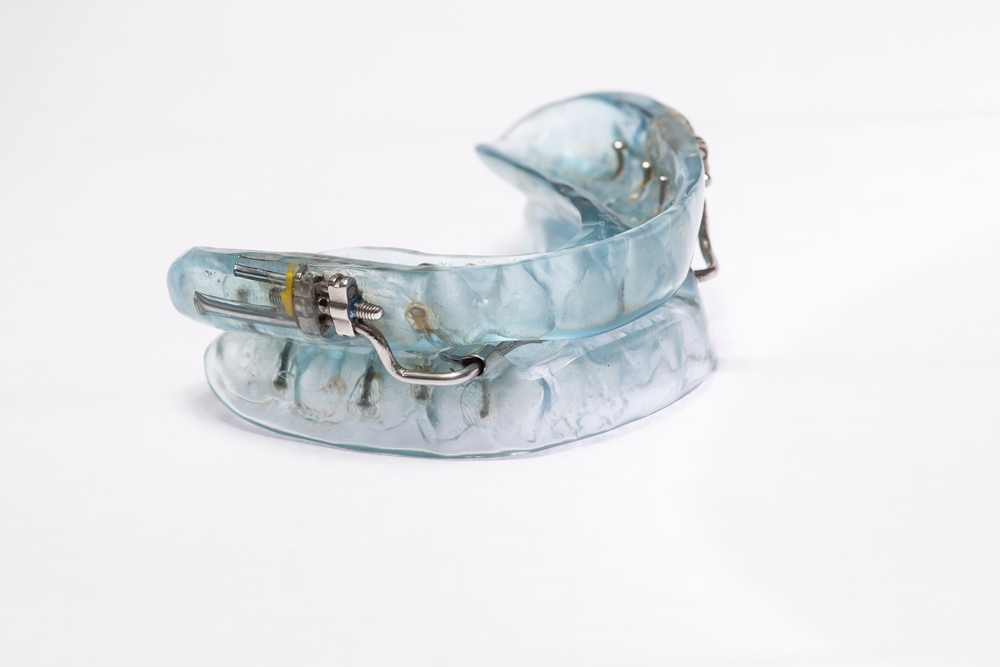If your snoring is disrupting you or your bed partner’s sleep, there are several things you can try to help you stop snoring. One method is doing exercises that strengthen and tone muscles in the mouth, tongue, throat, and other parts of the upper airway.
Why We Snore
Snoring happens when air flows through relaxed or narrowed tissues in the mouth, nose, or throat, causing them to vibrate. Up to 44% of adults between 30 and 60 snore regularly, and almost everyone snores occasionally.
There are a variety of things that can cause snoring, including sleep position, nasal congestion, and medical conditions like obstructive sleep apnea. Anatomy also plays a role—people with a large tongue base, swollen tonsils, or extra tissue from weight gain may be more likely to snore. Muscle relaxation from alcohol, medications, or aging can further increase the risk by allowing soft tissues to collapse into the airway.
Take Our Quiz to Assess Your Sleep Apnea Risk
If these symptoms sound familiar, we encourage you to take our short quiz below to understand whether you may have sleep apnea.
Exercises to Help You Stop Snoring
Targeted exercises for the mouth, tongue, and throat can help reduce snoring by strengthening the muscles that keep the airway open during sleep. When they’re weak or too relaxed, they’re more likely to collapse and vibrate, causing snoring.
About Myofunctional Therapy
Myofunctional therapy (also called orofacial myofunctional therapy, oropharyngeal exercises, upper airway exercises, or mouth and throat exercises) is a set of exercises that can improve muscle strength in the mouth, face, and throat, as well as encourage proper tongue posture and breathing.
By practicing the following exercises regularly, you can improve muscle tone and reduce the likelihood of airway blockages that cause snoring, especially if your snoring is related to poor muscle control, aging, or sleeping on your back.
Tongue Exercises for Snoring
Strengthening the tongue can help reduce snoring by preventing it from falling back and blocking the airway during sleep. Here are five that you can try.
| Tongue Slide |
|
| Tongue Aerobics |
|
| Tongue Push Up |
|
| Tongue Stretch |
|
Mouth Exercises for Snoring
Mouth exercises target the muscles of the cheeks, lips, and soft palate to help keep the airway open and mouth closed to help reduce snoring during sleep.
| Lip Purse |
|
| Cheek Hook |
|
| Side-to-Side Jaw Movement |
|
| Open and Close |
|
| Button Hold |
|
Throat Exercises for Snoring
Throat exercises help strengthen the muscles around the airway, making them less likely to collapse or vibrate during sleep—two common causes of snoring.
Throat muscles can be exercised by singing or pronouncing vowel sounds. Practice enunciating the vowels A, E, I, O, and U, even exaggerating the sounds. You can also draw out the vowels to make each of them last several seconds.
Daily singing exercises may also strengthen and tone mouth and throat muscles. Limited research suggests that singing regularly over the course of three months can reduce the frequency, severity, and loudness of snoring as well as improve the symptoms of mild to moderate OSA.
Nasal Breathing Exercises
In general, most people tend to breathe through their nose. But snoring is common in people who regularly breathe through their mouths. Nasal breathing exercises improve strength and muscle tone in the mouth and throat area which can encourage breathing through the nose and maintain an open airway during sleep.
| Nostril Breathing |
|
| Balloon Breathing |
|
How Often You Should Do Mouth and Throat Exercises
Researchers and health professionals suggest that practicing upper airway exercises for 10 to 30 minutes a day can be beneficial if continued for at least three months. Experts agree that performing the exercises as prescribed consistently over time provides the most benefit.
What Science Says About Exercises to Stop Snoring
People who regularly practice mouth and throat exercises may experience some relief from snoring. Some studies also indicate that myofunctional therapy may improve snoring associated with mild to moderate obstructive sleep apnea and improve the regular use of a continuous positive airway pressure (CPAP) machine in people with OSA.
Studies are ongoing to learn more about the benefits of myofunctional therapy for snoring and sleep apnea. Although mouth and throat exercises may help with snoring related to obstructive sleep apnea, upper airway exercises are not an effective treatment for OSA. Myofunctional therapy should not replace other treatments for sleep apnea prescribed by a doctor.
When to Talk to Your Doctor
Talk with your doctor if your snoring is affecting your sleep health or the sleep health of your bed partner. Be sure to inform your doctor if you have any of the following risk factors for obstructive sleep apnea:
- High blood pressure
- Morning headaches
- Excessive daytime sleepiness
- Weight gain or obesity
- Loud, persistent snoring
- Gasping or choking for air during sleep
Your doctor may ask you questions about your health history and your sleep to understand if there is an underlying condition causing your snoring. Your doctor may refer you to a specialist or order a sleep study to learn whether your snoring is related to sleep apnea. A specialist may also be recommended if your doctor feels you may benefit from myofunctional therapy.
Still have questions?
Sleep apnea products can be confusing. If you need individualized assistance, post your question to the Sleep Doctor forum.














